Despite the global cultivation of 109 types of spices, Bangladesh uses around 44 varieties, with only 34 being locally grown. The country's annual demand for spice crops is between 2.4 to 2.5 million tons, necessitating the import of 700,000 to 800,000 tons each year.
Pabna June 10,(V7N)- While 109 types of spices are cultivated globally, about 44 spices are used in Bangladesh, with only 34 being cultivated domestically. The annual demand for spice crops in Bangladesh ranges from 2.4 to 2.5 million tons. To meet this demand, 700,000 to 800,000 tons of spices are imported every year. However, most spices can be cultivated in the country’s soil. Enhancing the skills of farmers through training could yield promising results.
This information was shared by agriculturists during a two-day training workshop on the expansion of advanced varieties and technologies for spices at the Tebunia Horticulture Center in Pabna.
At the training held on June 7 and 8, Deputy Director of Tebunia Horticulture Center Golam Faruq Hossain, Scientific Officer of Bogura Spice Research Center Abu Hena Mostafa Fahim, and Officer of Tebunia Horticulture Center Moynul Haque presented film-based lectures.
On Sunday, June 8, at the closing ceremony, 30 participating farmers were given three saplings of different varieties of mango and one malta sapling each.
The training provided participants with comprehensive knowledge on cultivating various spices, including summer and other varieties of onions, chili peppers, ginger, turmeric, cumin, bay leaves, cloves, saffron, black cumin, black pepper, and coriander.
Abdul Hamid Khan, a trainee farmer, told Voice7 News, "We need to bring a revolutionary change in spice production by applying the knowledge gained from this training. I firmly believe that if we practically apply the insights on summer onions in the field, with proper office support and monitoring, Bangladesh could become a surplus producer of onions and eventually export them."
At the closing ceremony, Golam Faruq Hossain, Deputy Director of Tebunia Horticulture Center, said, "Any crop can now be profitable if cultivated in a planned manner using technological knowledge. Most spices can be cultivated in Bangladesh’s soil. It is necessary to enhance farmers' skills through training."
Agriculturist Golam Faruq Hossain told Voice7 News that under the "Spice Variety and Technology Expansion Project," expansion activities for 13 types of spices are ongoing. Under this project, there are 28,652 spice demonstrations and a spice village in 40 districts, 110 upazilas, and 25 horticulture centers across the country. "We will be able to enrich the country with spice crops within a few years," he said.
END/V7N/SRP/DK/



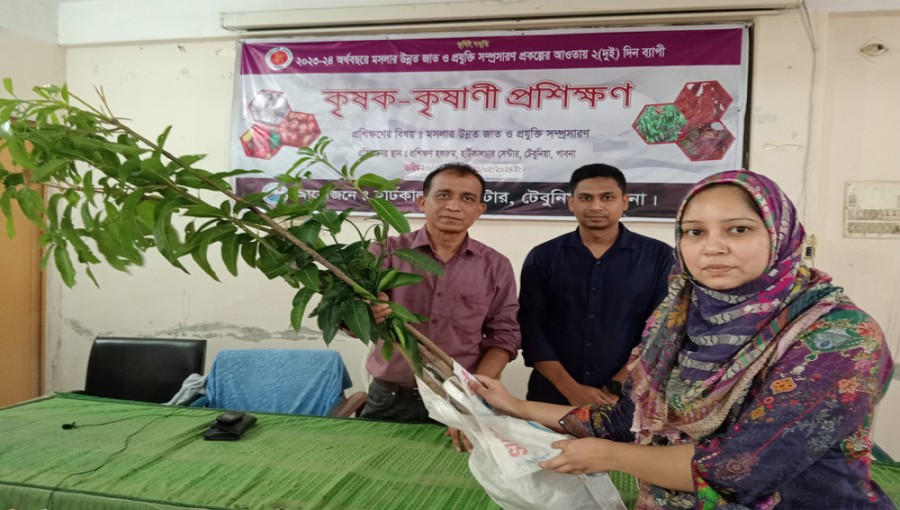
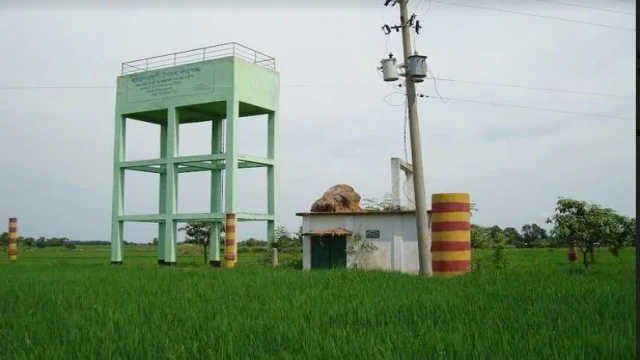
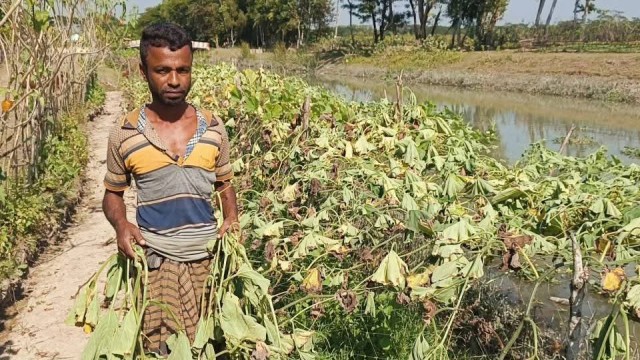
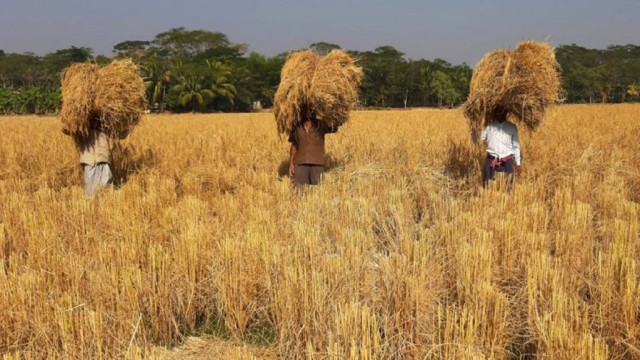
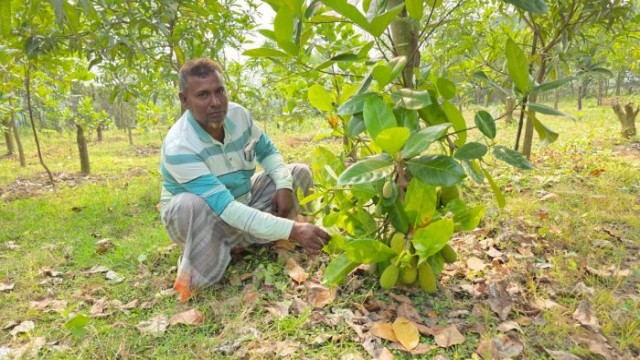
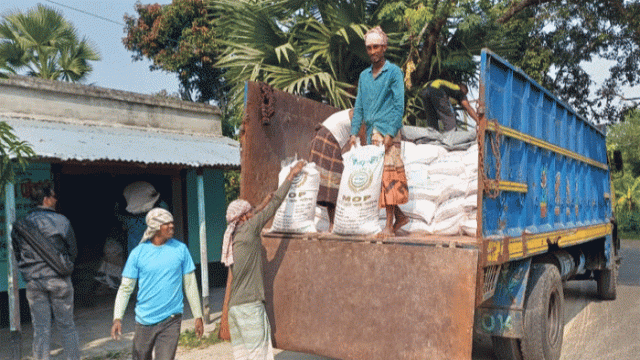






















Comment: